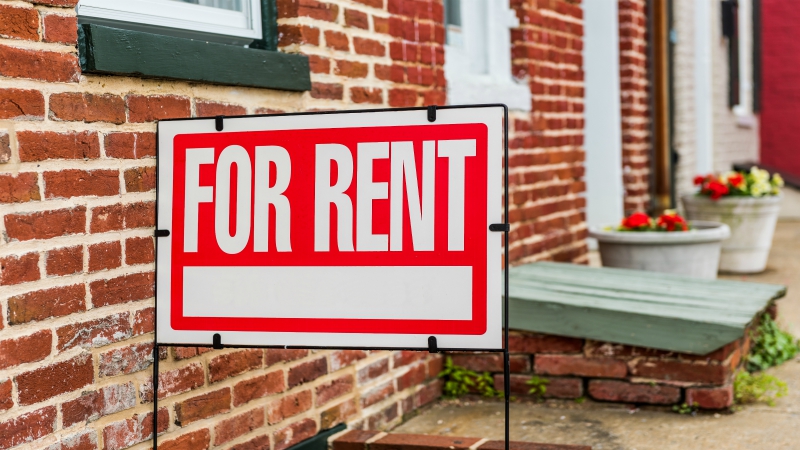
Andriy Blokhin
On June 19, Harvard University’s Joint Center for Housing Studies (JCHS) released their 2018 The State of the Nation’s Housing, an annual overview of housing market conditions across the country.
On the occasion of the report’s 30th anniversary, the document reflects on how housing market conditions have evolved over the decades and largely finds that as a nation, we have not made much progress providing safe, decent and affordable housing for all. The authors point to stagnant income growth as a key source of our ongoing challenges.
“If incomes had kept pace more broadly with the economy’s growth over the past 30 years, they would have easily matched the rise in housing costs,” they write.
In the section covering the apartment sector, they note that the number of renter households declined by 180,000 in 2017, the first net loss of renter households since 2004. Although rental growth has slowed down overall, the number of high-income renters grew again last year. More than 2.6 million new renter households earning $100,000 or more have been formed since 2012.
The report is a valuable resource of trends and statistics for anyone in the housing industry. NMHC partners with JCHS in the development of the report by providing data and resources on the multifamily industry and supports JCHS’s efforts to examine the state of housing in the U.S.
NMHC/NAA believe that it is more important than ever for the private and public sectors to find ways to work together to spur housing growth. More information on NMHC’s efforts regarding affordable housing can be found on the affordable housing advocacy landing page.
To read a more in-depth review, please visit our full article and the full report is available on JCHS’s web site.




